
If you're interested in DIY projects using the XL1410 buck converter module, this article is worth checking out.
If you've only experimented with boost converters but haven't tried a buck converter yet, this could be a great opportunity to give it a shot.
The circuit design is quite simple, with a minimalistic peripheral layout.
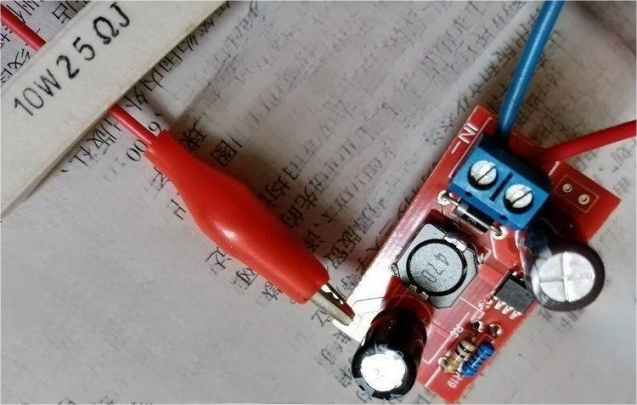
The load used in this test is 25 ohms.
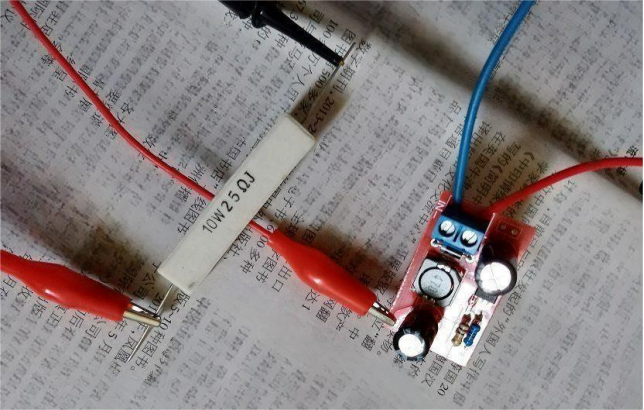
The input voltage is shown in the diagram below.
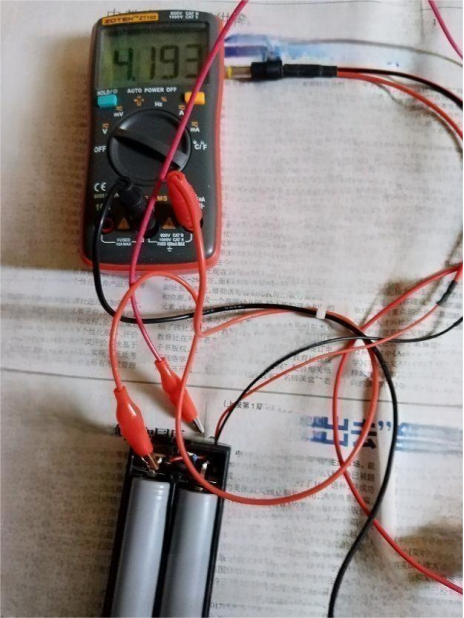
The no-load output voltage is also shown below. It's adjustable, but you can set it to a fixed value here if needed.
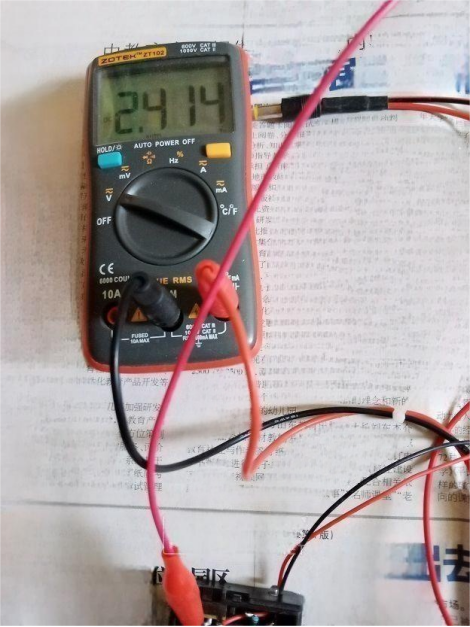
Under no-load conditions, the output current is very low—just a few milliamps. This was measured using a 10A range, so the reading might not be entirely accurate.
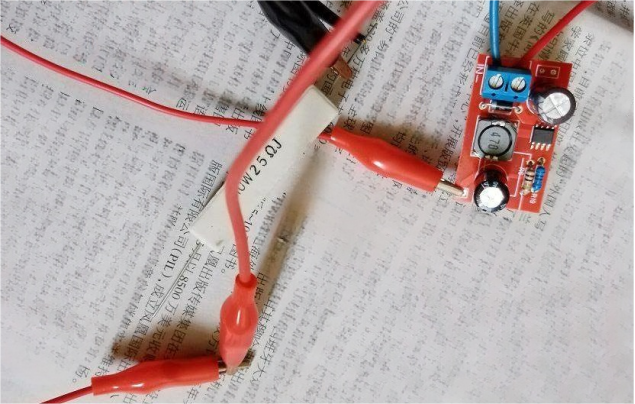
The output voltage under load is displayed below. A significant drop is observed. If you're seeing similar results, the likely issue is insufficient output capacitance.
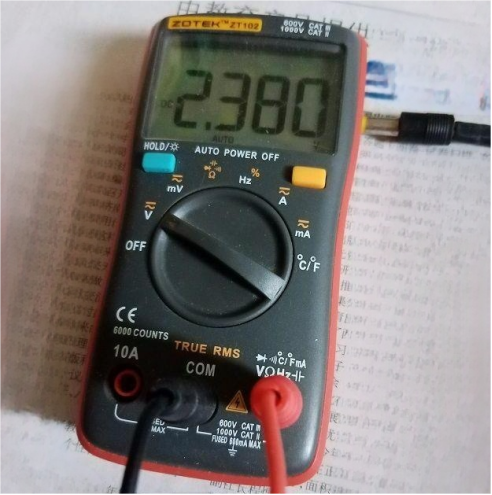
The input current under load is shown in the next diagram.
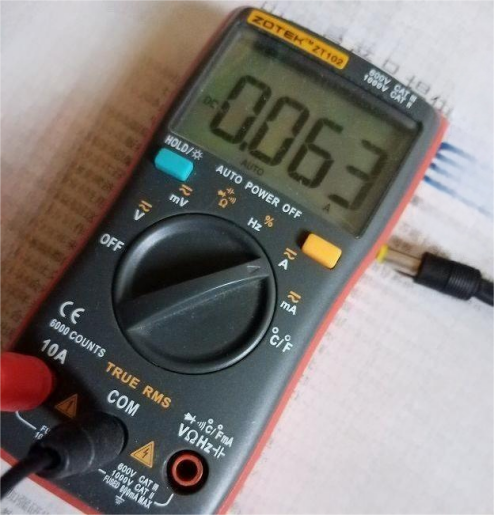
And here's the output current under load.
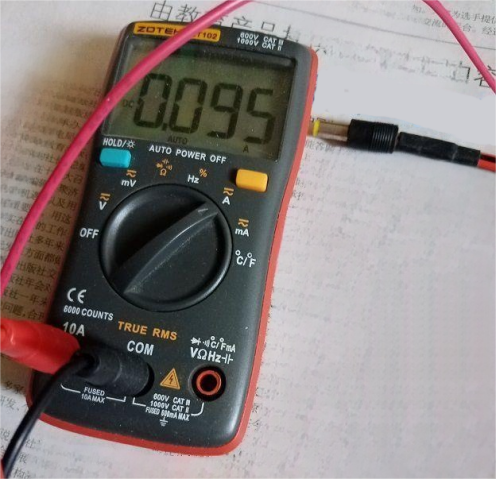
Overall, the efficiency reaches about 86%, which is decent.
That's a wrap!




